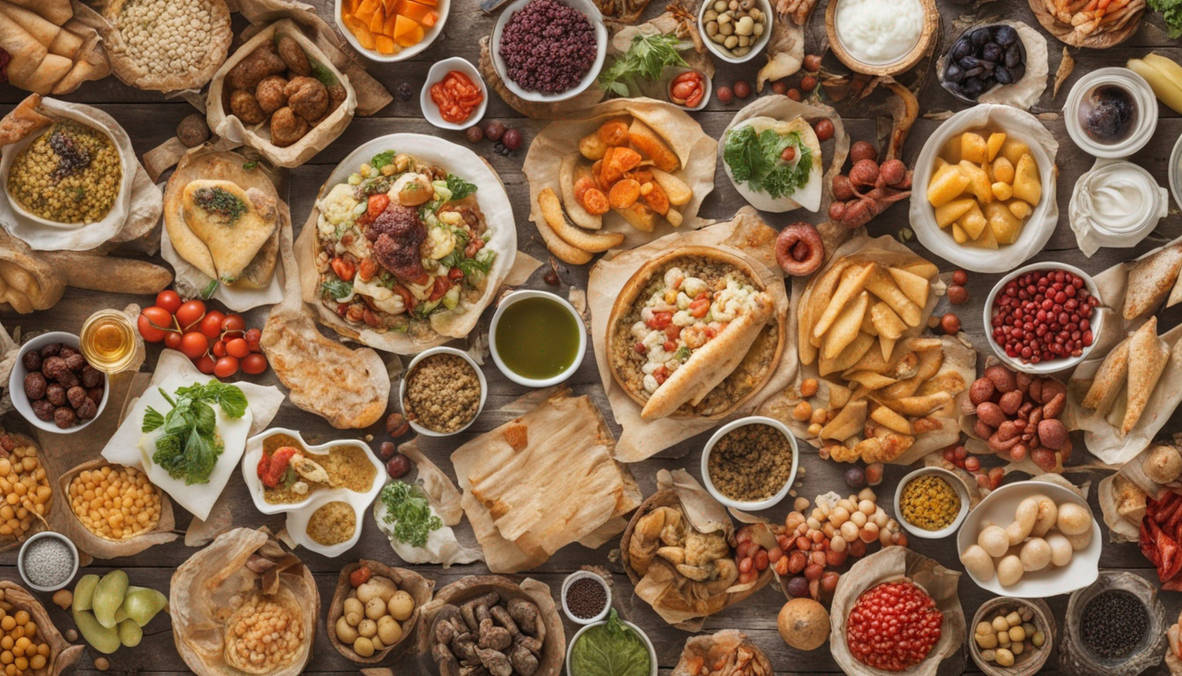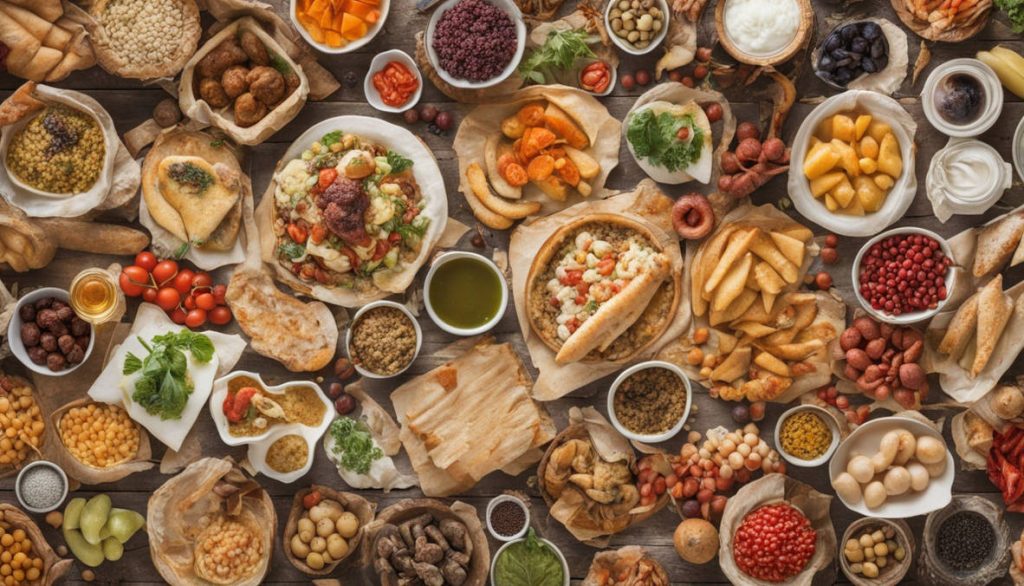Managing diabetes effectively requires a well-balanced diet that helps regulate blood sugar levels while ensuring overall health and nutrition. Here’s a comprehensive diet list for diabetic patients, including foods to eat, foods to avoid, meal planning tips, and an in-depth understanding of how diet affects diabetes management.
Understanding Diabetes and Diet
Diabetes is a chronic condition that occurs when the body either does not produce enough insulin or cannot effectively use the insulin it produces. Diet plays a crucial role in managing diabetes, as certain foods can impact blood sugar levels significantly.
The Importance of a Balanced Diet for Diabetics
A balanced diet for diabetics should include:
- Low glycemic index (GI) foods to prevent blood sugar spikes.
- Fiber-rich foods to improve digestion and slow glucose absorption.
- Lean proteins to maintain muscle mass without adding excess calories.
- Healthy fats to support heart health.
- Controlled carbohydrate intake to stabilize energy levels.
Foods to Include in a Diabetic Diet
A diabetes-friendly diet should include high-fiber, low-glycemic, and nutrient-dense foods. Here are the best choices:
1. Non-Starchy Vegetables
- Spinach
- Broccoli
- Kale
- Cauliflower
- Bell peppers
- Cucumbers
- Zucchini
- Asparagus
- Cabbage
- Brussels sprouts
2. Whole Grains
- Brown rice
- Quinoa
- Oats
- Whole wheat bread
- Barley
- Buckwheat
- Millet
- Bulgur
- Farro
3. Healthy Proteins
- Lean meats (chicken, turkey, fish)
- Eggs
- Tofu
- Lentils
- Nuts and seeds
- Greek yogurt
- Cottage cheese
- Edamame
4. Healthy Fats
- Olive oil
- Avocados
- Nuts (almonds, walnuts, flaxseeds, chia seeds)
- Fatty fish (salmon, tuna, mackerel)
- Coconut oil (in moderation)
- Dark chocolate (at least 70% cocoa)
5. Low-Glycemic Fruits
- Berries (strawberries, blueberries, raspberries)
- Apples
- Pears
- Peaches
- Oranges (in moderation)
- Grapefruit
- Cherries
- Plums
- Kiwis
6. Dairy Alternatives
- Low-fat yogurt
- Almond milk
- Soy milk
- Cottage cheese
- Unsweetened coconut milk
- Greek yogurt
Foods to Avoid
Certain foods can cause blood sugar spikes and should be minimized or avoided:
1. Refined Carbohydrates
- White bread
- Pasta
- White rice
- Pastries and baked goods
- Sugary breakfast cereals
2. Sugary Foods and Beverages
- Sodas
- Candy
- Fruit juices
- Sweetened cereals
- Ice cream
- Processed snack bars
3. Processed and Fried Foods
- Chips
- French fries
- Processed meats (sausages, bacon)
- Fast food items
- Packaged frozen meals
4. High-Sodium Foods
- Canned soups
- Packaged snacks
- Pickled foods
- Processed cheese
- Instant noodles
5. Full-Fat Dairy Products
- Whole milk
- Cream
- Butter
- High-fat cheese
- Full-fat ice cream
Sample Meal Plan for Diabetics
Here’s a simple meal plan to follow:
Breakfast:
- Scrambled eggs with spinach and whole-grain toast
- A cup of green tea or black coffee (without sugar)
Mid-Morning Snack:
- A handful of almonds or walnuts
- A small apple or a cup of Greek yogurt
Lunch:
- Grilled salmon with quinoa and steamed broccoli
- A bowl of mixed greens with olive oil dressing
Afternoon Snack:
- Celery sticks with peanut butter
- A hard-boiled egg
Dinner:
- Stir-fried tofu with vegetables and brown rice
- Herbal tea or infused water
Evening Snack:
- Cottage cheese with a few berries
- A handful of sunflower seeds
Tips for Managing Diabetes with Diet
- Eat smaller portions: Control your portion sizes to avoid blood sugar spikes.
- Stay hydrated: Drink plenty of water to help maintain blood sugar levels.
- Monitor carbohydrate intake: Choose complex carbs over refined ones.
- Include fiber: Helps in slowing down glucose absorption.
- Be mindful of sugar substitutes: Opt for natural sweeteners like stevia in moderation.
- Plan meals ahead: Prepping meals can help maintain consistency in your diet.
- Exercise regularly: Combine a good diet with physical activity for better diabetes management.
Conclusion
A diabetes-friendly diet doesn’t have to be restrictive or boring. By choosing the right foods and avoiding unhealthy options, diabetic patients can effectively manage their condition while enjoying nutritious and delicious meals. Always consult a healthcare provider or nutritionist to personalize your diet plan based on your health needs. With the right dietary choices, you can lead a healthy and active life despite diabetes.
To Know More: ডায়াবেটিস রোগীর খাদ্য তালিকা
To Know More: ডায়াবেটিস রোগীর খাবার চার্ট




